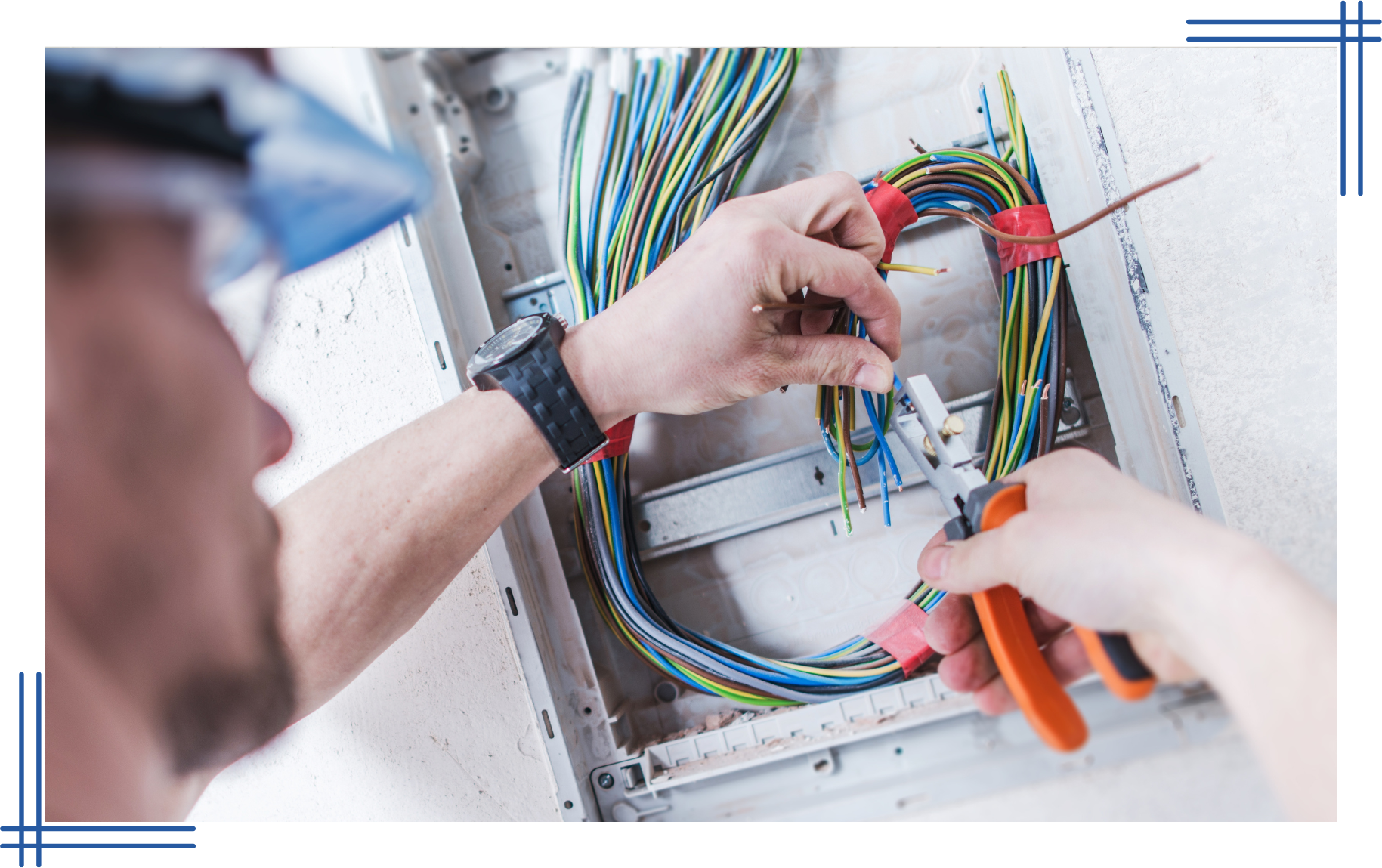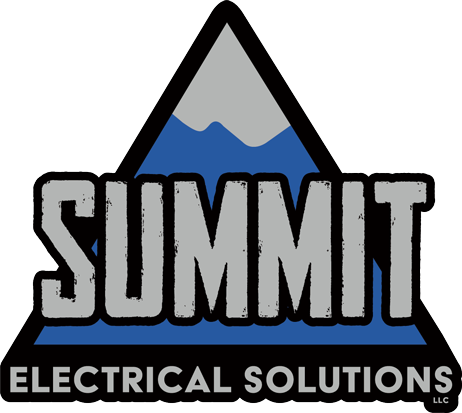
Slide title
Write your caption hereButton
Electrical Service Upgrades

Slide title
Write your caption hereButton
Electrical Service Upgrades
As our reliance on technology grows and appliances become more advanced, the original systems installed in many older buildings may no longer suffice. These outdated systems can struggle to handle increased electrical loads, making upgrades not just beneficial but essential. Upgrades not only enhance the overall safety of a property by reducing the risk of fire and other hazards but also ensures compliance with current building codes and standards.
Components And Their Roles
- The service panel, commonly referred to as the breaker box, is essentially the main control center for a property's electrical system. It distributes the power coming from the utility company into various circuits that run throughout the building. This panel houses numerous circuit breakers and typically includes a main power switch that controls the entire supply. It's from here that electricity is methodically allocated to different parts of the property, such as lighting, appliances, and other outlets, ensuring that each section receives the appropriate amount of power.
- Circuit breakers are critical safety components housed within the service panel. Their primary function is to protect the home or building from overload and potential short circuits, which are major causes of fires. Circuit breakers monitor and regulate the flow of electricity through each circuit. If the load on a circuit exceeds safe levels—due to faulty appliances, damaged wiring, or excessive demand—the circuit breaker will "trip," or break the circuit, by cutting off the power to that particular circuit. This action prevents overheating and reduces the risk of fire, safeguarding both the property and its occupants.
- Wiring acts as the arteries and veins of the system, carrying power from the service panel to various parts of the building. It is through these wires that electricity is delivered to every outlet, switch, and appliance. The integrity and quality of wiring are paramount; outdated or damaged wiring can lead to inefficiencies, power losses, or worse, electrical hazards. Proper installation and regular maintenance of wiring are key for the overall health and safety of the system.
Reasons For Upgrades
Modern residential and commercial properties have seen a significant increase in the number of high-power devices and appliances being used. From advanced HVAC to electric vehicles needing charging stations, the load has dramatically increased. Older systems were not designed to handle such high loads consistently, which can lead to inefficiencies or potential hazards. Upgrading the service ensures that the infrastructure can accommodate this higher demand safely and efficiently, thereby adapting to the evolving technological landscape.
Outdated electrical systems pose several risks, primarily due to the aging of components like wiring, service panels, and circuit breakers. These elements can degrade over time, leading to a reduced capacity to handle loads safely. This degradation increases the risk of overheating and electrical fires, particularly under increased load conditions. Moreover, older systems may lack modern safety features such as arc fault circuit interrupters (AFCIs) and ground fault circuit interrupters (GFCIs), which are now standard in new installations.
Electrical standards and building codes are periodically updated to improve safety and efficiency based on new technologies and safety data. As these updates are implemented, older systems may become non-compliant with current codes. Compliance is not just about adhering to legal requirements—it also involves ensuring that a property’s system is recognized as safe under local regulations, which is key for insurance and resale purposes. Non-compliance can lead to legal repercussions, including fines and mandatory upgrades, and potentially compromise insurance claims related to electrical issues.
Benefits Of A Newer, Well-Maintained Electrical System
One of the most significant benefits of modern services is the enhanced safety they offer. Newer systems include advanced safety features such as Arc Fault Circuit Interrupters (AFCIs) and Ground Fault Circuit Interrupters (GFCIs). AFCIs are designed to prevent electrical fires by detecting and interrupting arc faults, an unintended discharge that can occur in worn or damaged wires and connections. GFCIs protect against shock by rapidly cutting off power if a ground fault is detected, such as current leaking through a person's body to the ground. These technologies are vital in preventing the most common and dangerous electrical hazards, significantly enhancing the safety of a property’s occupants.
Homes and commercial buildings with updated electric are more attractive to potential buyers and renters, who often value the convenience and safety of modern, compliant infrastructure. An upgraded system signals that the property has been well-maintained and is less likely to require significant repairs or further upgrades in the near future. This can make the property stand out in a competitive market, potentially speeding up the sale process and increasing the final sale price.
Reduced Energy Bills And Optimized Performance
Modern systems are designed to be more efficient and can handle greater loads with less energy waste. This efficiency translates into reduced energy bills, a compelling advantage for any property owner. Furthermore, they are better suited to handle the demands of high-efficiency appliances and state-of-the-art HVAC, which require reliable and stable power delivery for optimal performance. By upgrading, property owners can ensure that they are maximizing the efficiency of their electrical consumption, leading to long-term savings and a smaller environmental footprint.
If you're considering upgrading your service, contact us for a free estimate. Our team of certified professionals is ready to provide you with a detailed, customized proposal that can outline how we can enhance your system to meet current demands and future expectations. By choosing Summit Electrical Solutions, you ensure that your electrical infrastructure is not only compliant with the latest safety standards but also optimized for performance and cost-efficiency.
Frequently Asked Questions
Q1: Is it possible to request a custom-designed breaker panel cover to match my home decor?
A1: Yes, custom-designed breaker panel covers are available and can be tailored to blend seamlessly with your home decor. This option allows homeowners to maintain aesthetic consistency while ensuring access to the panel remains straightforward and compliant with safety standards.
Q2: How does an upgrade affect my home automation system?
A2: Upgrading your service can significantly enhance the performance of home automation systems. With a modernization, you can ensure that the components of your home automation, such as smart thermostats, lighting, and security systems, receive stable and sufficient power, thus improving functionality and reducing the risk of disruptions.
Q3: Can I have a backup power integrated during my upgrade?
A3: Absolutely. Integrating backup power, such as a generator or battery backup is an excellent idea. This integration can be designed to kick in automatically during power outages, ensuring continuous power supply without interruption to your daily activities or business operations.
All Rights Reserved | Summit Electrical Solutions
